Shockwave is an effective treatment for pain and injury. The purpose of the therapy is to trigger the body’s own natural healing response. Many people report that their pain is reduced and mobility improved after the first treatment. Is it for me? Book an initial biomechanics assessment to find out whether this is an appropriate treatment for you.
BOOK NOWShockwave Therapy for Heel Pain
If you’re dealing with heel pain or plantar fasciitis, then it’s very difficult to walk and perform your daily tasks. In fact, even the simplest tasks that require movement will be associated with excruciating pain, and that will limit your capabilities and things you can do. That’s where shockwave therapy for heel pain can be a very good idea.
What shockwave therapy does is it relies on soundwaves in order to stimulate healing. It’s particularly good for Achilles tendinopathy, plantar fasciitis or any similar type of heel pain. Soundwaves will help improve the bloodflow, and that can enhance, but also speed up the healing process as a whole.
How does shockwave therapy for heel pain work?
- – The entire process is very simple. A dedicated machine is used in order to apply soundwaves to the skin’s surface.
- – That machine’s probe is used to target a certain area, usually the area that causes a lot of pain.
- – Once the sound waves are generated, they will spread into the tissue and go outwards. What happens is the soundwaves increase the bloodflow. Your body will speed up the healing process, and you will also feel a lot better.
The advantage of going for shockwave therapy is that it will end up removing a lot of the pain that you are currently facing. Not only that, but it encourages your body to heal a lot faster. And, according to research, it’s very efficient. You can see progressive improvements, without dealing with any major side effects. That encourages everyone to not only give shockwave therapy a try, but also stick with it for more than one treatment.
Who is shockwave therapy for?
Most of the time, everyone dealing with heel pain should consider trying shockwave therapy. However, this therapy is particularly good for people that didn’t respond well to other treatments. If you tried ice therapy, steroid injections, orthotics or physiotherapy and none of them worked, shockwave therapy might be the answer.
That’s because shockwave therapy is offering you immediate relief. On top of that, it will help alleviate the pain for quite a long time. And it also helps your body recover and repair its tissues at the same time. It’s still important to talk with your doctor beforehand. The doctor will let you know if your current health status allows the use of shockwave therapy, or if there are any other treatments to try out.
Is there anything you can do to prepare for shockwave therapy?
If the doctor cleared you for shockwave therapy, then there are a few things you can do to prepare for it. Ideally, you don’t want to take any NSAIDs (non-steroidal anti-inflammatory drugs) around 2 weeks before the procedure. It’s important to check any medication you are currently taking and see if it has any NSAIDs. Also, you can wear comfortable clothing, there’s no need for any specific clothing pieces in order to undertake the shockwave therapy treatment.
Is shockwave therapy painful?
It always depends on how bad your current heel pain really is and what causes it. For the most part, you might experience some pain during the shockwave therapy procedure, that’s normal and something you will encounter. Thankfully, the shockwave power can be adjusted depending on how much pain you feel. That way, it’s not going to hurt as bad and you will still be ok. In severe cases, a local anesthetic might be necessary, but for the most part it won’t hurt that much or at all.
When you think about shockwave therapy, the first thing that comes to mind is that your body automatically reacts to it. Yes, you will feel your body responding to this extremely fast. What happens is your body will break down any calcifications find in your foot, boost the cell permeability and that can help with the healing process.
Another thing that shockwave therapy does is it encourages your body to create new blood vessels. That brings more nutrition and blood to the inflamed area. And, of course, the body will automatically target the nerve endings and hyperstimulate them, which means you will be feeling less pain.
Is shockwave therapy an invasive procedure?
No, shockwave therapy is designed to be a very safe and non-invasive procedure. In fact, what it does is it allows you to alleviate heel pain, while also making it easy to feel better. According to this study, shockwave therapy has a great chance of success, with up to 80% feeling positive results from the therapy process.
That’s also doubled down by another study which clearly shows how much it can help against muscle pain in particular. Even if you choose shockwave therapy, it’s still a good idea to make some lifestyle changes. Avoiding any activities that cause foot pain is mandatory, and you also want to use walking boots or crutches, as needed. Even simple changes like these can help reduce pain, and they will speed up the healing process!
What are the pros and cons for shockwave therapy?
Like any other therapy, shockwave therapy also has its own pros and cons. It’s important to talk with a medical professional and perform your due diligence if possible. That will make it easy to understand how to tackle heel pain efficiently, while also understanding if this treatment is suitable for you or not.
Pros
- – One of the best things about shockwave therapy is that, in most cases, it will provide immediate relief. That relief can end up lasting for a long time.
- – There’s no need for a very complex, long preparation process. The same thing is valid when it comes to recovery, you just need to take a few hours off and let your body heal.
- – It’s a procedure that has been tested for a long time, and studies show it’s safe.
- – The chances of dealing with complications are very low.
- – You don’t have to deal with surgery, since it’s a non-invasive procedure.
Cons
- – While it works for a lot of people, it won’t be for everyone.
- – In some cases, it might take multiple sessions until you see results.
- – There are some minor complications, like numbness, bruising or temporary pain.
- – It’s not covered by insurance companies, although that might depend on the situation.
How much does shockwave therapy cost?
The price of shockwave therapy will vary from one practitioner to another. It also depends on whether you are just getting the regular therapy, or you combine it with another package. But on average, the full course of shockwave over the 5-7 week period will end up costing you between $500 to $700, either more or less depending on the practitioner.
The exact cost will vary based on your location, how many sessions you need, if your insurance company will cover these costs, but also the intensity of the treatment. It’s a good idea to talk with a practitioner beforehand and ask for a quote. Not only will that help you save time, but you can also narrow down the ideal treatment that fits your needs.
Conclusion
As you can see, shockwave therapy for heel pain can be extremely efficient, and it’s not very painful either. In fact, it’s one of the best methods that you can use to alleviate your current heel pain. It’s very dependable, but you should talk with a medical professional first. Our team at The Foot Force Podiatry is here to deliver state of the art shockwave therapy solutions at amazing prices. Don’t hesitate and book an appointment with us today, we’ll help alleviate your heel pain in no time! Book an initial biomechanics assessment to find out whether this is an appropriate treatment for you.
Dr. Fatima Al-Kathmi (Podiatrist)
Contact Us
Send us an e-mail:
This site is protected by reCAPTCHA and the Google Privacy Policy and Terms of Service apply.
Chronic Venous Insufficiency
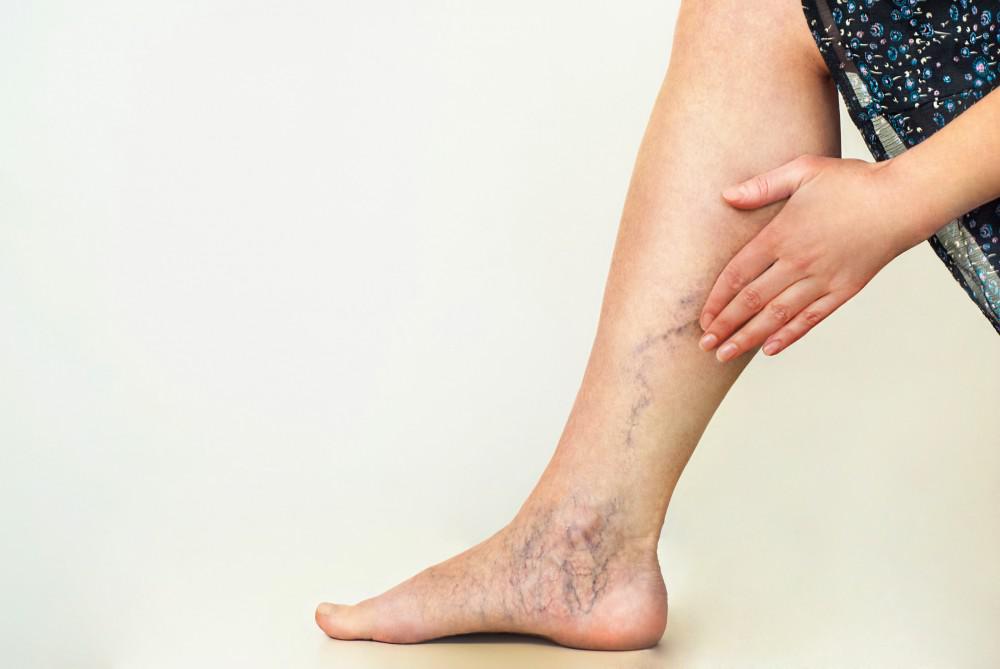
Introduction to Chronic Venous Insufficiency
Your arteries are pipes inside your body that carry blood from your heart to the rest of your body and your veins carry blood back to your heart from the rest of your body. Veins have one-way valves that prevent the blood from flowing backward, to ensure they reach your heart properly.
When your vein walls and valves are damaged, the veins cannot manage blood flow as well as they should and it is harder for blood in your legs to return to your heart. This causes a pool of blood in your legs and increases the pressure on the walls of the veins; this is known as chronic venous insufficiency.
Chronic venous insufficiency is most commonly caused by blood clots (deep vein thrombosis) and varicose veins. In some cases, weakened leg muscles have trouble squeezing blood upwards and can contribute to venous insufficiency.
Other risk factors include obesity, pregnancy, sitting or standing for long periods of time without moving, and family history of venous insufficiency.
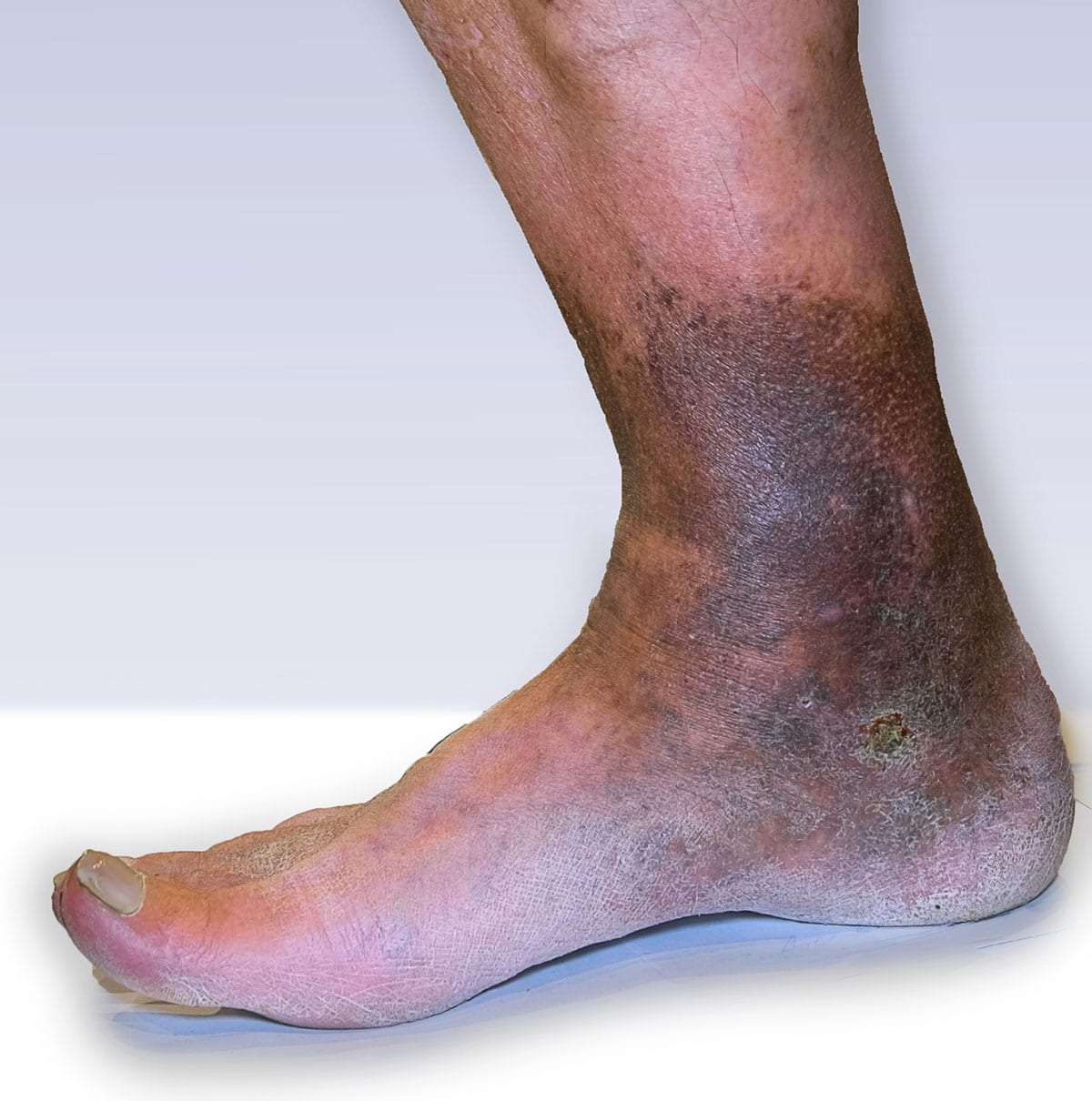
What are the symptoms of venous insufficiency
- Swelling of the leg and ankle
- Itchiness of the legs
- Aching, throbbing, or heaviness of the legs
- Leg ulcers
- Pain that gets worse when you’re standing and gets better when you raise your legs (worse at night when sleeping)
- Skin changes especially around the ankle
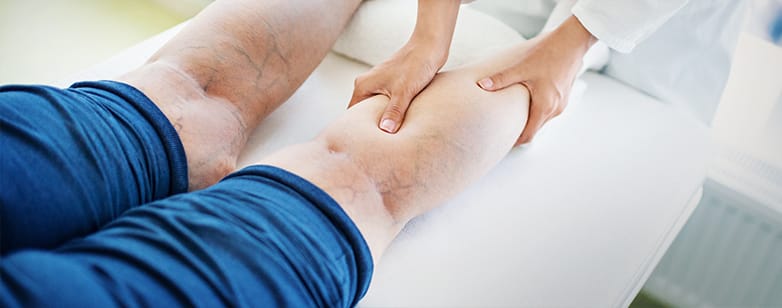
How to treat venous insufficiency
Without treatment, the pressure and swelling will burst the tiny blood vessels in your legs called capillaries. This can result in skin changes such as reddish brown discolouration especially near the ankles which can lead to swelling and ulcers. The below are some ways to treat and improve venous insufficiency at home:
- Wear compression stockings to help with your blood flow return and relieve symptoms
- Lifestyle changed such as exercise and diet to improve your blood flow
- Stop smoking to improve your blood flow
- Calf muscle movement while sitting or standing for long periods of time
- Maintain good skin care by moisturising daily
- Elevating calves when laying down or sitting down
- Calf raises to activate the muscle pump that helps the blood flow up to the heart
The above measures may not be sufficient in treating your condition, and seeking medical advise from your Doctor is the best way to treat and look after your venous insufficiency. It is also advisable to speak to your Podiatrist about your concerns.
The Foot Force Podiatry
Contact Us
Send us an e-mail:
This site is protected by reCAPTCHA and the Google Privacy Policy and Terms of Service apply.
Ankle Instability
and Pain
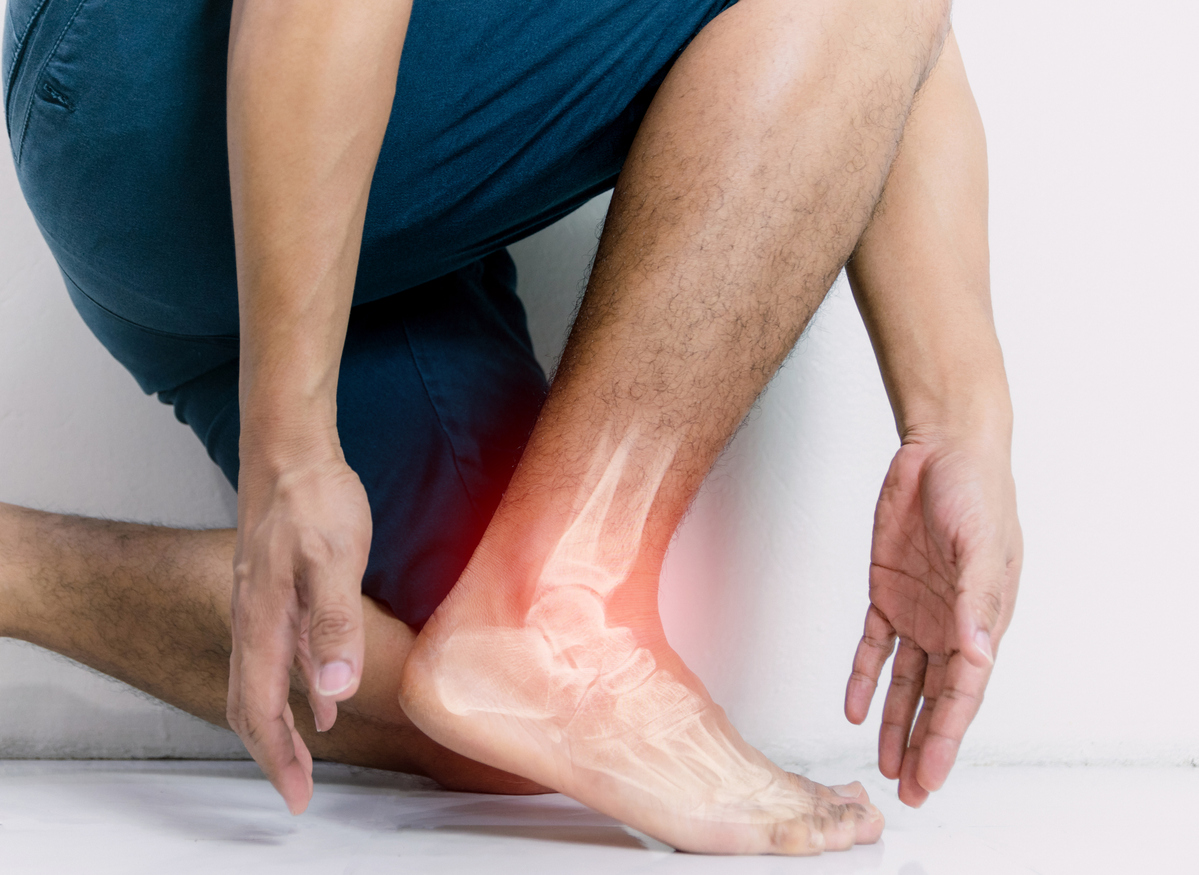
Ankle instability or ‘weak ankles’ is very common, especially when there has been a previous injury, such a sprain to the ankle. Weak ankles can affect balance and increase your risk of sprains which can lead to chronic ankle instability. Weak ankles can sometimes be caused by genetics, ligament laxity or even inappropriate footwear.
Chronic ankle instability is a condition characterized by ‘giving way’ of the outer side of the ankle. This condition often develops after repeated ankle sprains. Many athletes, as well as non-athletes, suffer from chronic ankle instability.
40% of people who suffer their FIRST ankle sprain will go on to suffer from chronic ankle instability within the first year since it has occurred. Inappropriate or inadequate ankle rehabilitation following an ankle sprain may result in chronic ankle instability.
There are many reasons why someone may have weak ankles. However, there are many things we can do to fix it!
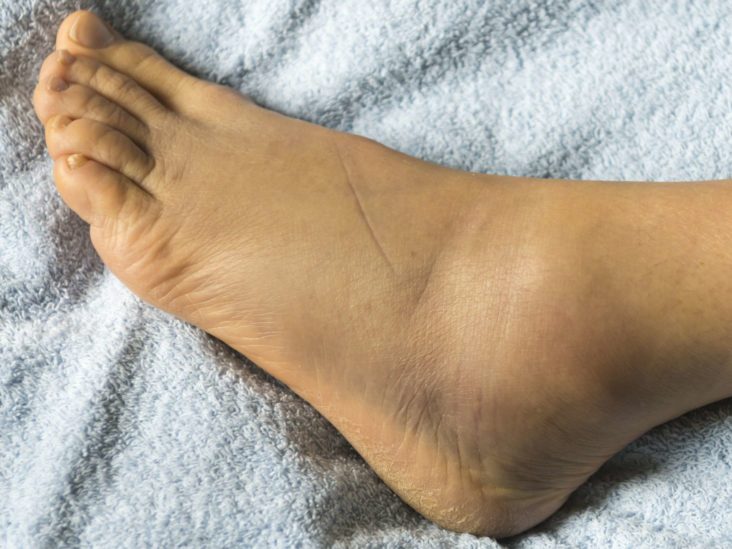
What are the signs and symptoms of ankle instability?
- Repeated turning of the ankle, especially on uneven surfaces or when participating in sports
- Persistent discomfort and swelling
- Ankle pain or tenderness
- Ankle feeling wobbly or unstable (poor balance)
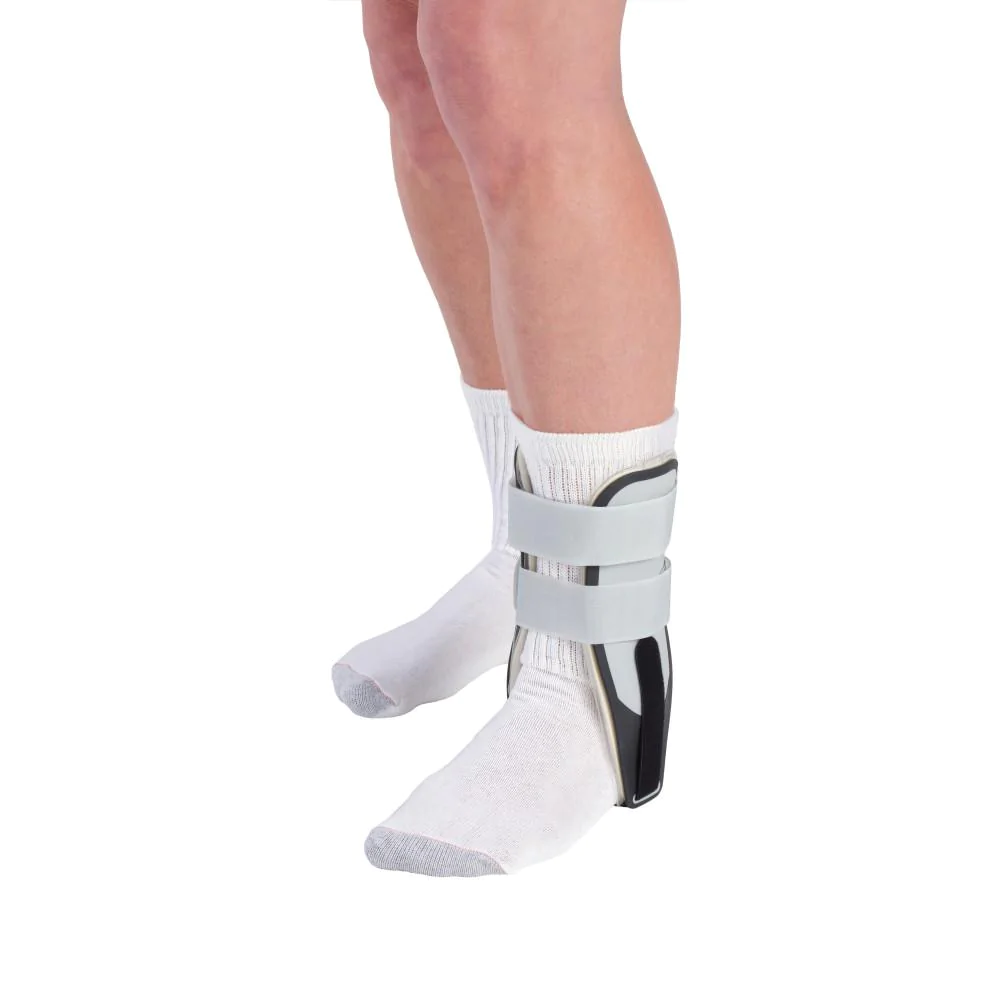
Treatment:
- RICER: Rest, Ice, Compression, Elevation, Referral (to see a Podiatrist)
- Medications: Non-steroidal anti-inflammatory medication to help alleviate the pain and inflammation (temporarily)
- Bracing: provide appropriate support to your ankle and prevent your ankle from turning. It also allows the injured area to heal properly while allowing you to remain mobile
- Ankle rehabilitation: to strengthen the ankle, improve balance and range of motion, and retrain your muscles – See a Podiatrist for efficient rehabilitation
- Foot mobilisation: to restore normal function of your joints and bones of the foot and ankle – See a Podiatrist for efficient ankle mobilisation treatment

Preventative Measures:
- Stretching exercises prior to commencing exercises
- Wear appropriate footwear; avoid high heels
- Be extra careful when doing exercises on uneven surfaces
- Do ankle strengthening exercises
- Seek a Podiatrist for more personalised advice and treatment
Here at the Foot Force Podiatry, we offer a range of treatment options to help with rehabilitation and prevention of ankle instability. Book your initial biomechanical assessment NOW!
Book OnlineContact Us
Send us an e-mail:
This site is protected by reCAPTCHA and the Google Privacy Policy and Terms of Service apply.
